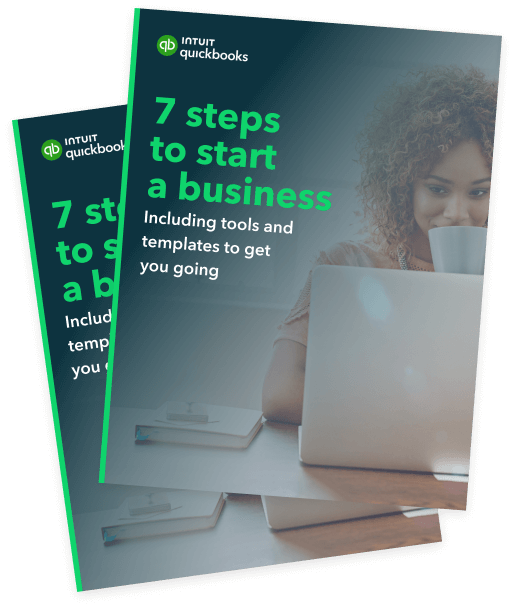2. Compose your company description
Within a business plan, your company description contains three elements: (1) mission statement, (2) history and (3) objectives.
What is a mission statement?
A mission statement is your business’ reason for existing. It’s more than what you do or what you sell; it’s about why. Mission statements should be inspirational and emotional. They should be rallying cries around the heart and soul of your business.
Throughout every part of your plan, less is more. Nowhere is that truer than your mission statement. Think about what motivates you, what causes and experiences led you to start the business, the problems you solve, the wider social issues you care about and more.
How do you describe a company’s history?
Don’t worry about making your company history a dense narrative. Instead, write it like you would a profile:
- Founding date
- Major milestones
- Location or locations
- Number of employees
- Executive leadership roles
- Flagship products or services
Then, translate that list into one or two paragraphs (see below).
Why do business objectives matter?
Business objectives give you a guiding star. These goals must be SMART: specific, measurable, achievable, realistic and time-bound. Or they must be tied to key results. When your objectives aren’t clearly defined, it’s hard for employees and team members to work towards a common purpose.
Worse, fuzzy goals won’t inspire confidence from investors. Nor will they have a profitable impact on your business.
Example of a company description
Landscape Pty Ltd’s mission is to change the face of our city through sustainable landscaping and help you create the outdoor living space of your dreams.
Founded in 2019 by sisters Sherry and Shelly Smith, we have over 25 years of combined landscape architecture experience. Our four employees work in teams of two and have already completed 10 projects for some of our cities most influential business and community leaders.
Our objectives over the next three years are to:
- Solidify a glowing reputation as a service-based business that always exceeds the customer’s expectations and honours the environment.
- Complete at least 18 projects during year one, 24 in year two and 36 in year three generated through word of mouth, referrals and home shows.
- Increase revenue from $360,000 in FY2019 to $972,000 in FY2021 based upon 10 completed projects in the last nine months.
Note: review your mission statement often to make sure it matches your company’s purpose as it evolves. A statement that doesn’t fit your core values or what you actually do can undermine your marketing efforts and credibility.




















